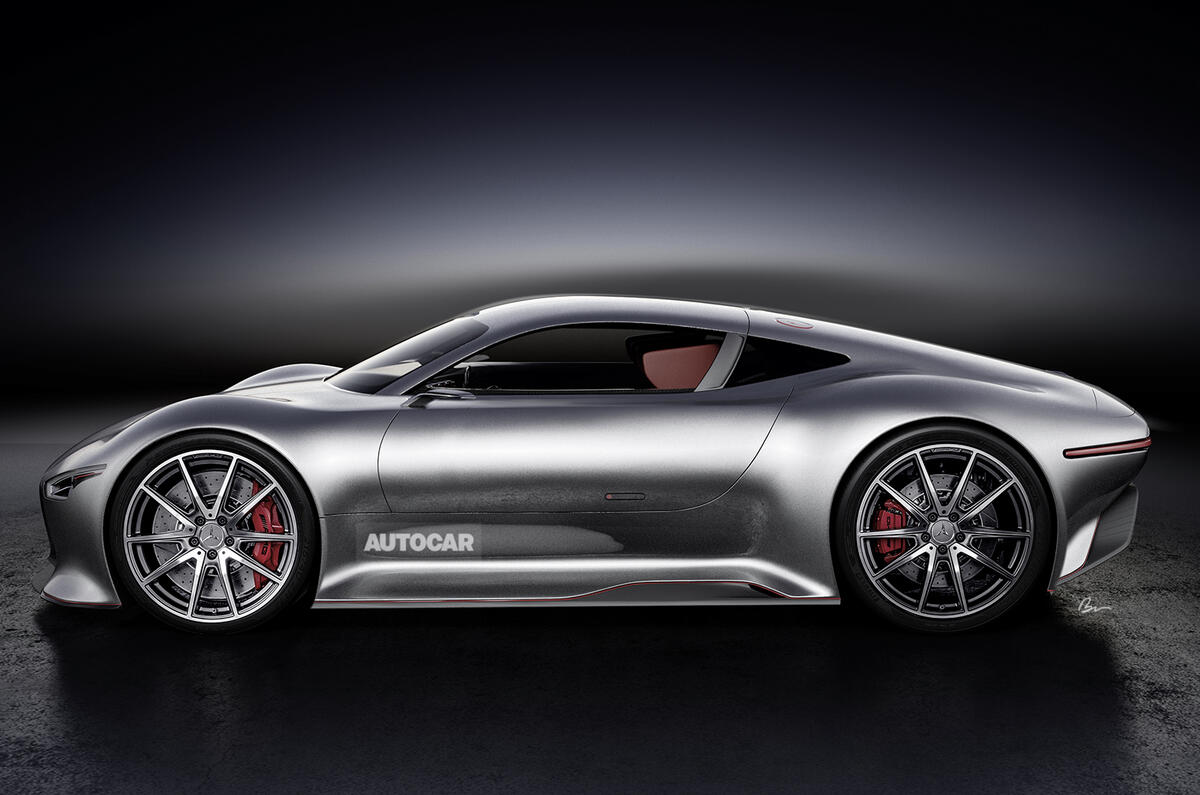Mercedes-Benz is close to approving a second brand new stand-alone AMG model to sit alongside the Mercedes-AMG GT coupé.
The Mercedes-AMG hypercar has now been fully revealed. Click here for full details.
AMG boss Tobias Moers told Autocar: “My personal thinking is that we are now at a level where we could support another dedicated AMG model.”
Moers provided no further clue as to the kind of car it might be, but Mercedes is known to be keen to plug the gap in its line-up vacated by the SLS range, whose prices rose to £230,000 for the Black Series model, double that currently charged for the most expensive GT variant.
However, according to Moers, “the car would be totally different to the GT”. Indeed, rather than a traditionally configured, old-school front-engined supercar like the SLS and GT, Mercedes is believed to be considering a cutting-edge, mid-engined hybrid designed to offer a bridge between its established road car product and its now hugely successful F1 operation.
“We have the most energy-dense hybrid pack in existence,” said one insider. “It would make a great deal of sense to harness that technology for the road.” If the car gets the green light, expect it to depend as much on electrical power and extreme lightweight construction techniques for its performance as an internal combustion engine.
That said, it is extremely unlikely the car will follow the lead of the SLS Electric Drive and bin petrol power altogether. For reasons of range, sound and providing the link to F1, a small-capacity V6 is likely to be the preferred primary power source.
Despite brimming with technology, the new AMG is not expected to be a limited edition hypercar like the McLaren P1, LaFerrari or Porsche 918. Moers has in the past acknowledged that the Mercedes-AMG brand is not yet ready to compete at the million-pound price mark.
Instead, it’s more likely the car will be an ultra-high technology alternative to the likes of the McLaren 650S and Ferrari 488 GTB, retailing for around £200,000 and closer to a BMW i8 in concept, but with a totally different level of performance, therefore providing a unique proposition at that position in the market.
If the project is approved, it would most likely take the form of a range of cars, with coupé, convertible and special edition models to maximise its potential. For reasons of strength, stiffness, safety and, above all, to sweat the F1 association, it would make sense to construct the car around a carbonfibre tub, perhaps with aluminium panels to keep both on-the-road and repair costs under control. It would also provide AMG with the ideal opportunity to revive the iconic gullwing doors, mothballed since SLS production ceased in 2014.




Join the debate
Add your comment
The SLS
investment
Hybrid AMG with a little V6?
And expect them to rise even more...